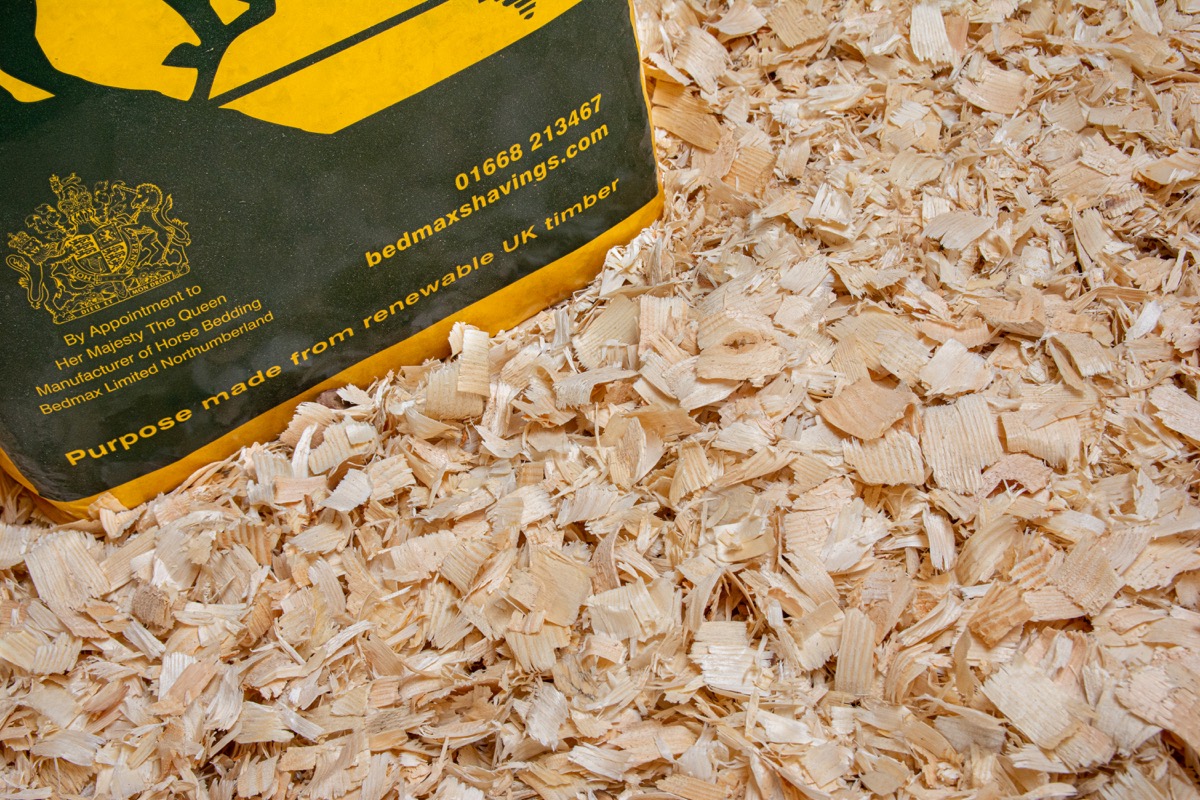Spring is traditionally known as a peak time for laminitis, but the latest research shows that the second biggest killer of horses and ponies is an all-year-round threat.
These are the findings of a 29-month Animal Health Trust study carried out at the Royal Veterinary College and published at the end of January this year.
The study monitored 1070 horses and ponies in the UK over nearly two and a half years, and found that 1 in 10 of them suffered an attack of laminitis at least once a year – the same as the incidence of colic, which is still the biggest medical killer of horses worldwide.
Laminitis is linked to 15% of equine deaths each year, and it has always been seen as a ‘seasonal’ disease, associated primarily with the increased levels of sugars in spring grass.
But the Animal Health Trust study shows that this agonising and potentially life-threatening condition is actually an all-year-round threat. Owners of horses and ponies cannot relax their vigilance when the traditional ‘high season’ is over.
Early warning signs
Seeing the signs of laminitis as early as possible is absolutely essential to prevent this distressing condition from becoming acute and possibly terminal.
The Royal Veterinary College report identified the key warning signs that give the disease away before the classic and obvious symptoms – notably the ‘rocked back on the heels’ stance of a horse or pony sufferng a severe attack.
Of the horses and ponies studied that suffered from laminitis:
- 51% showed early signs of non-specific discomfort including a reluctance to walk, and shifting weight from foot to foot
- 70% were lame at the walk or walking wth a shortened ‘pottery’ gait
- 58% had a raised hoof temperature
- 51% had the tell-tale ‘bounding’ digital pulse just above the fetlock
The Laminitis Trust points out that a bounding digital pulse in more than one leg (usually the front) is an almost sure sign that this is laminitis rather than infection or other inflammatory condition. Unfortunately, in the AHT study the majority of owners of laminitic horses and ponies could not locate the digital pulse.
Call the vet immediately
Worryingly, the AHT study also showed that around half of all the cases confirmed by vets were not identified as laminitis by owners.
But at least the owners who had been concerned enough to call their vets had done exactly the right thing.
If your horse or pony shows any of the early warning signs that can indicate laminitis, treat it as an emergency and:
- Call your vet out immediately
- If you can’t get a vet, your farrier will know if it is laminitis
- Bring your horse or pony into a stable or enclosed area if it is out
- Make sure it is standing on a deep, supportive bedding
- Cold water hosing or ice applied to the hooves can help to relieve inflammation
But the best and first thing you can do for your horse or pony is to make that call to your vet sooner rather than later. If you leave it until it’s obviously laminitis, it may be too late. In the worst cases, recovery is extremely unlikely, and the suffering horse or pony may have to be put down.
Treatment
If your vet diagnoses laminitis, the first thing they will prescribe is box rest, and they will almost certainly strongly recommend a shavings bedding if you aren’t using that already. The Laminitis Trust specifically recommends Bedmax.
Medication can reduce inflammation and pain, and increase blood supply to the hooves. Recent studies in Denmark and the US show that regular immersion of laminitic hooves in ice and water in a rubber boot reduces damage to the laminae.
Supporting the feet ‘physically’ is essental to the horse’s or pony’s wellbeing and to their recovery. The Laminitis Trust recommends that frog-supportng pads should be a standard part of your equine first-aid armoury, but if you don’t have them, the vet will supply them if necessary. The vet will want to collaborate with your farrier, because your farrier will be able to trim and shoe the affected hooves to provide the best support and cushioning under the frog.
What is laminitis?
When you know what actually happens when laminitis strikes, you can understand why it is so painful and so dangerous. Until quite recently laminitis was called ‘founder’, and this is why:
An attack of laminitis disrupts the blood flow to the tissue called laminae that attach the pedal bone (the tip of the end of the ‘finger’ that forms the equine leg and foot) to the inside wall of the hoof (the fingernail).
This causes inflammation, which in turn weakens the laminae, and this allows the pedal bone (also known as the coffin bone) to detach from the hoof wall, and rotate downwards towards the inside of the sole. In the worst case scenario, the tip of the pedal bone will penetrate the sole.
Inflammation itself causes significant discomfort, but the pressure of any weight on a rotated pedal bone and thus on the inside of the sole causes acute pain, and horses and ponies with acute laminitis will do anything to avoid putting weight on the affected foot, and especially on the front of the foot. Hence the classic picture of a horse in acute pain, leaning right back to avoid putting weight on the front hooves.
What causes it?
It is now understood that 90% of laminitis cases are caused by an underlying hormonal condition such as Equine Metabolic Syndrome and/or Pituitary Pars Intermedia Dysfunction (PPID), commonly known as Cushing’s disease.
In other words, the 10% of horses and ponies that suffer an attack of laminitis at least once a year are vulnerable or predisposed to this disease. But the most common trigger for an attack is the mismanagement of those horse’s or pony’s feeding and exercise regimes.
Veterinary research has identified that natural insulin regulation plays a part in the development of laminitis, which explains why too much spring grass with high levels of sugars is frequently seen as the obvious cause of an attack.
It also explains why rising levels of equine obesity are now linked to increases in laminitis in the UK. Too much concentrated feed will not only make a horse or pony overweight, it will overload a vulnerable system with the same sugar and starch that brings on laminitis in a horse or pony allowed to graze too long on spring (or autumn) grass.
Other feed factors might also contribute to laminitis in a vulnerable horse or pony, such as change of diet or stress, and lack of exercise will compound the problem – just as it does with human obesity. Horses fed too much and exercised too little will have a problem processing the excess sugars and starches, and vulnerable horses may suffer an attack as a result.
How to prevent it
Prevention is infinitely preferable to cure in all equine health conditions, but none more so than laminitis. With the right management even of a highly vulnerable horse or pony with an underlying condition such as Cushing’s, you can prevent an attack simply by closely controlling the quantity and quality of their feed.
This is the BHS guidance on the measures you can take:
- Use a correctly fitted grazing muzzle. The National Equine Welfare Council (NEWC) has produced guidance on the use of grazing muzzles
- Restrict grazing
- Feed hay which is nutritionally poor and/or soak hay for approximately 16 hours to reduce the content of fructans and sugars19
- Feed a mix of hay and oat/barley straw (50:50)
- Monitor the weight of your horse weekly by condition scoring and with the use of a weight tape
- Restrict or stop the use of grain feeds which are high in starch and feed low calorie, unmolassed feeds instead
- Daily exercise
Beware. Be alert. Be quick
For all owners, the absolute priority is to keep their horses and ponies healthy and happy. And this all boils down to how well you manage them.
Laminitis is essentially the result of mistaken management, or making the wrong decisions usually out of kindness – allowing your horse or pony too much rich grass, feeding them too much, and perhaps not giving them the exercise they need to stimulate their digestive systems.
The fact that it only affects 1 in 10 horses and ponies shows that there must be a genetic vulnerability to the disease in those individuals (and some breeds are more prone to it than others) but that makes the management of those vulnerable horses and ponies all the more critical.
Seeing your horse or pony suffering is a nightmare for any owner. So particularly in this dangerous period, but also as the Anmal Health Trust study has shown, at any time of the year, be safe, not sorry.
So if you see any signs that might spell laminitis, don’t hesitate. Call your vet or farrier… IMMEDIATELY.




